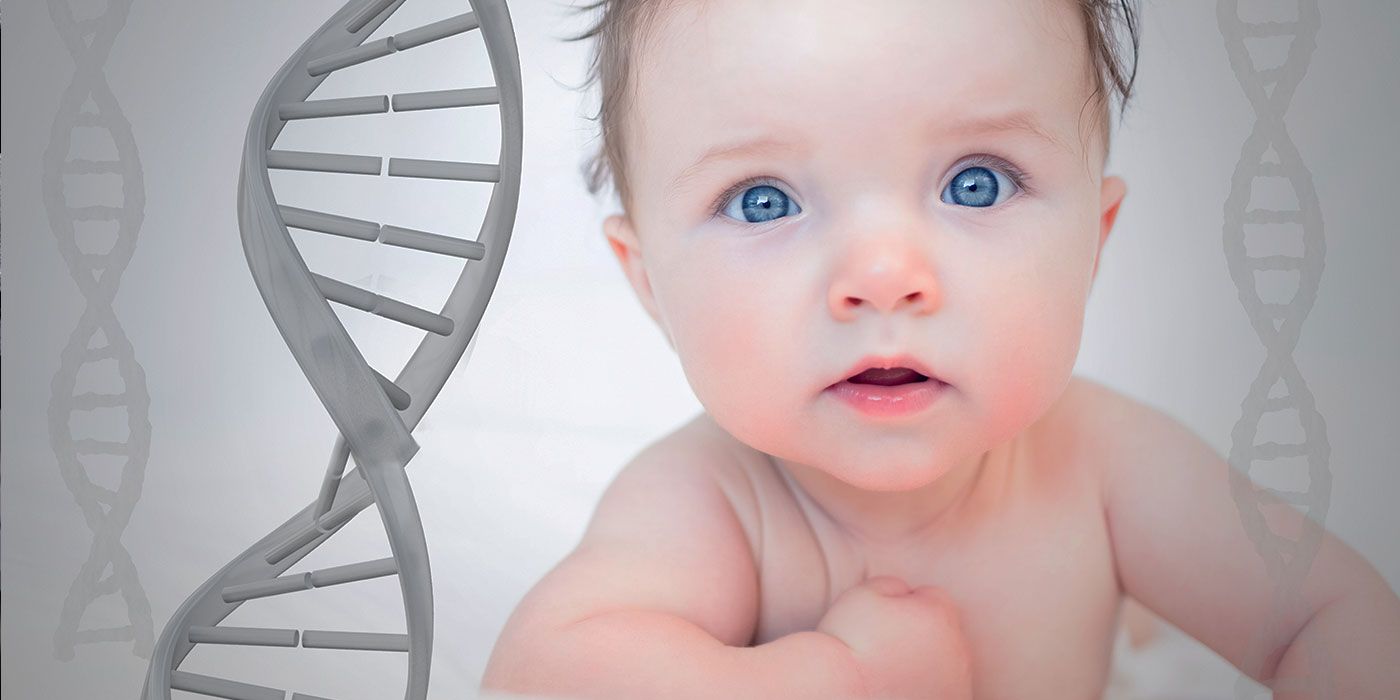
The New Age of Prenatal Screening: An In-depth Look at Non-Invasive Prenatal Testing (NIPT)
Pregnancy, while a joyous period in life, is also a time filled with uncertainties. One significant concern for expectant parents is the health of their unborn child. Fortunately, modern-day medical advancements, such as Non-Invasive Prenatal Testing (NIPT), are here to provide some peace of mind.
This article explores NIPT’s accuracy, introduces other prenatal screening options, highlights key NIPT providers, discusses its limitations and benefits, and explains instances where NIPT may not be suitable.
Unveiling Non-Invasive Prenatal Testing (NIPT)
NIPT is a revolutionary screening test that leverages advanced technology to detect the risk of specific genetic disorders in the unborn child using a simple maternal blood draw. Common conditions screened through NIPT include Down Syndrome (Trisomy 21), Edwards Syndrome (Trisomy 18), and Patau Syndrome (Trisomy 13). The screening can be performed as early as the 10th week of pregnancy.
Delving into NIPT’s Accuracy
When it comes to screening accuracy, NIPT outshines other prenatal screening tests. Its sensitivity and specificity for detecting Trisomy 21 exceed 99% and 99.9%, respectively. For Trisomy 18, the sensitivity and specificity approximate 97-99% and nearly 100%. For Trisomy 13, the sensitivity is between 90-96%, and the specificity again nears 100%.
However, it is paramount to understand that NIPT is a screening test, not a diagnostic tool. It can indicate the potential of a genetic disorder, but it cannot definitively diagnose the condition. A positive NIPT result suggests a higher risk, warranting further diagnostic tests like amniocentesis or chorionic villus sampling (CVS) for confirmation.
Exploring Other Prenatal Screening Options
NIPT isn’t the only prenatal screening available to expectant parents. Other alternatives include:
- First-trimester combined screening: This screening comprises a maternal blood test and an ultrasound examination. Although it can detect about 85% of Down Syndrome cases, it does carry a higher false-positive rate compared to NIPT.
- Quad screen: This blood test is capable of detecting around 81% of Down Syndrome cases in women under 35.
- Cell-free DNA screening (cfDNA): Technically similar to NIPT, this screening method has a high level of accuracy and is typically reserved for pregnancies considered high-risk due to the associated cost.
Introducing Key NIPT Providers
Several leading companies globally offer NIPT services:
- Eurofins (PrenatalSafe Test): A globally recognized leader in the field of genetic testing, Eurofins offers comprehensive NIPT services.
- Natera (Panorama Prenatal Screen): Natera stands out for its ability to perform tests as early as the 9th week of pregnancy.
- Roche (Harmony Prenatal Test): Pioneers in the NIPT field, Roche’s Harmony test is widely available, being offered in more than 100 countries.
- BillionToOne (Unity Prenatal Test): A more recent entrant into the NIPT field, offering a more cost effective test with promising clinical data.
Each provider has unique strengths, and choosing the right one depends on several factors, including your doctor’s recommendation, the test’s availability in your area, and insurance coverage.
Weighing the Limitations and Benefits of NIPT
Like all medical procedures, NIPT has its pros and cons.
Benefits of NIPT:
- Non-invasive: NIPT requires only a maternal blood draw, posing zero risk to the fetus.
- Early and accurate risk assessment: Compared to traditional screening methods, NIPT provides an earlier and more precise risk evaluation for certain genetic conditions.
- Fewer invasive procedures: With its high level of accuracy, NIPT reduces the need for invasive diagnostic procedures, which carry a risk of miscarriage.
Limitations of NIPT:
- Screening, not diagnosis: NIPT isn’t a diagnostic test; thus, a positive result warrants confirmation with further invasive testing.
- Limited screening scope: NIPT can’t screen for all genetic and chromosomal abnormalities.
- Not suitable for screening physical/structural anomalies which are often more prevalent and severe.
- Possible inconclusive results: There can be instances where NIPT results are inconclusive, necessitating a retest.
NIPT Exclusions: When is NIPT Not Suitable?
Despite its many advantages, NIPT isn’t for everyone. Certain situations can limit its effectiveness, depending on the provider of the test and their algorithm. These can be, but not limited to:
- Pregnancies involving more than two fetuses (triplets or more).
- When the expectant mother has a history of bone marrow or organ transplant.
- Pregnancies resulting from a donor egg.
- Vanishing twin pregnancies.
In such situations, a detailed discussion with the healthcare provider will help in determining the best approach for prenatal screening.
In conclusion, NIPT brings a significant shift in prenatal screening with its high accuracy rate and non-invasive nature, contributing immensely to maternal and child health care. However, it’s essential for expectant parents to discuss all options with their healthcare provider and make an informed decision. The understanding that no test is perfect and that screening tests have limitations is crucial to setting appropriate expectations.
Your health and that of your baby are of the utmost importance. An open dialogue with your healthcare provider will be the best approach to address your concerns and make an informed decision about prenatal screening.

